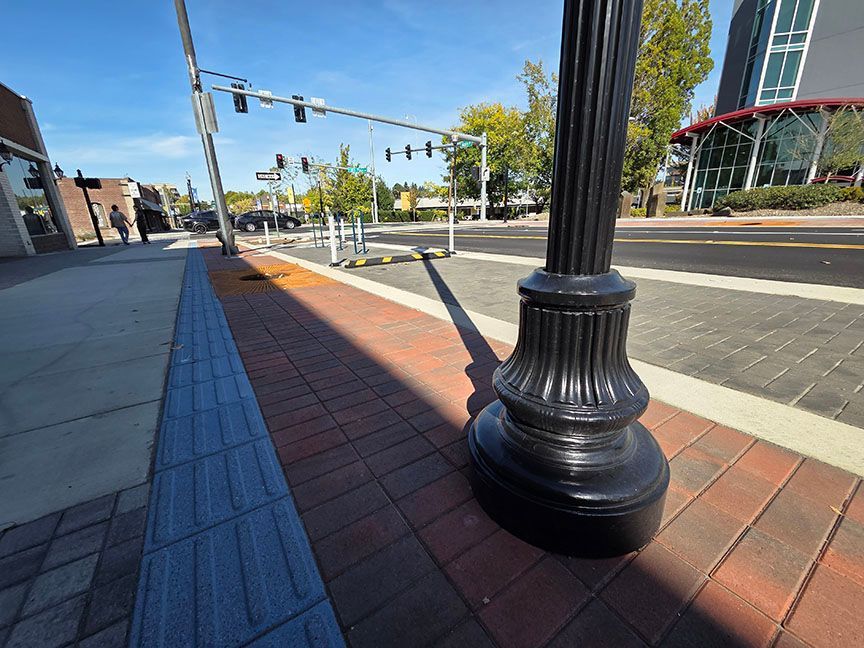Changes are coming to Main Street
The City of Vancouver is investing in new street design.
Main Street is being completely redesigned and refreshed, and we think this will make for an even better experience climbing at the Source! That said, we know that there will also be some challenges for our guests and members visiting this upcoming season. To prepare, we want to start keeping everyone informed of what's ahead...
What is planned?
Plans include widening the sidewalks to encourage sidewalk commerce and use of outdoor space, adding new LED streetlights to improve aesthetics and visibility, reorganizing parking to improve sightlines, upgrading the water/sewer/stormwater facilities for improved infrastructure, and more. Get a preview HERE.
When will this begin and end?
We expect construction to begin late in Winter 2023 or early 2024; although, much of the preliminary work already in progress. The design is roughly 60% complete. The City, VDA and Main Street business and property owners are actively working on plans to lessen some of the impacts. Completion is estimated for Winter 2024.
Where will construction be happening?
Construction will be happening on Main between 5th and 15th. Although, we still don't know when the project will be most focused on the area around 12th and Main because the design is not yet complete and the contractor selection is not final.
Why now?
The original plans began in 1993, and the project was divided into two areas: North Main and Lower Main. Uptown Village was funded and constructed in 1996, but the City was unable to fund Lower Main area despite attempts in 2003, 2006, 2014, and 2019. This was mostly due to the substantial costs. Sufficient funding was finally possible through one of the City’s American Rescue Plan Act (ARPA) projects.
How can I learn more or get involved?
The City of Vancouver has a great online resource here https://www.beheardvancouver.org/mainstreetpromise
Who can we talk to?
Michael is on the Project Advisory Committee, so don't hesitate to ask if you have questions about the changes coming to Main Street.
What's next?
The Source will continue to partner with the City of Vancouver, the VDA, and other downtown stakeholders to seek solutions as we navigate the construction process. We will post important updates here and look forward to downtown being an even more excellent place to cimb, live and visit.

